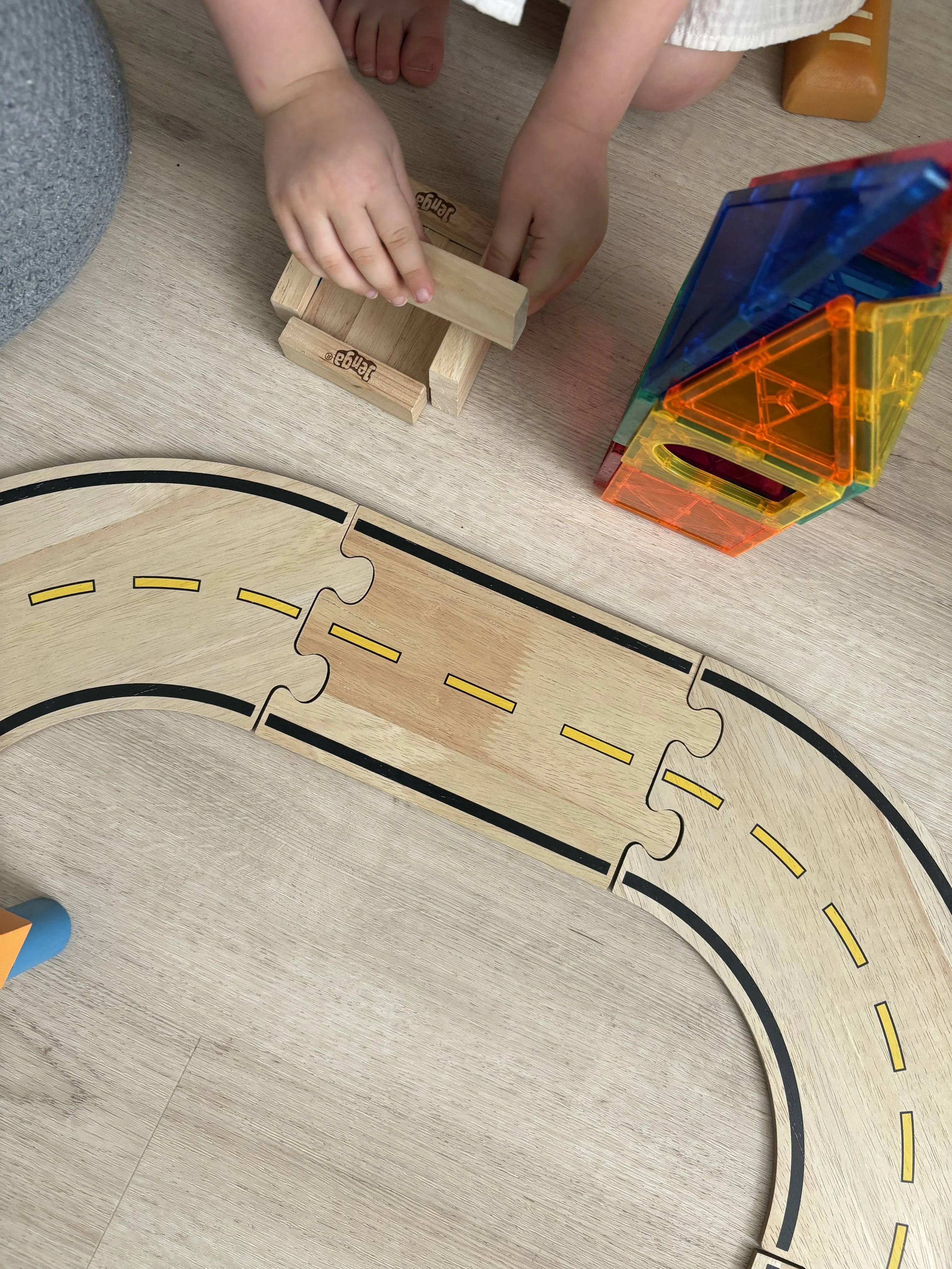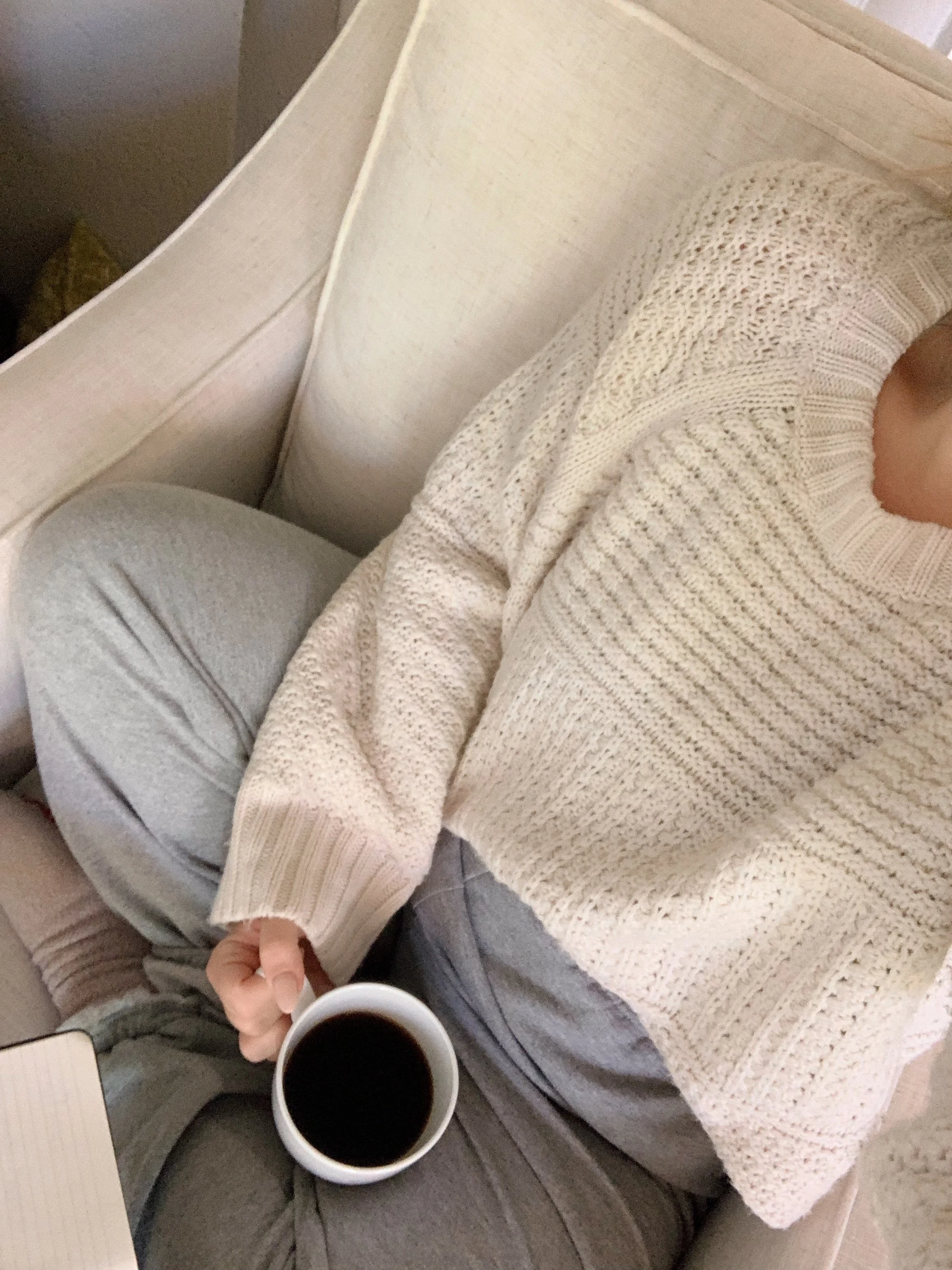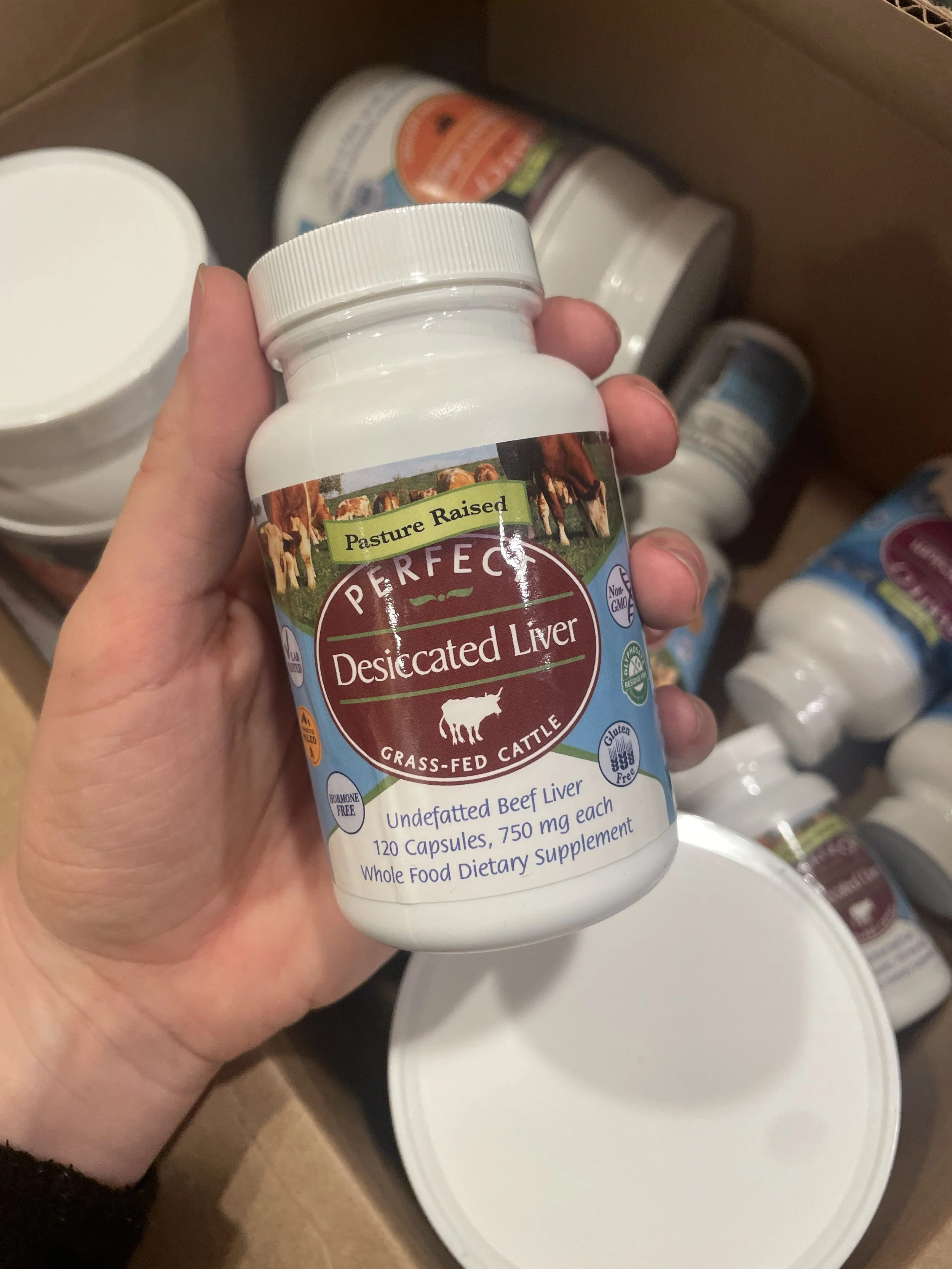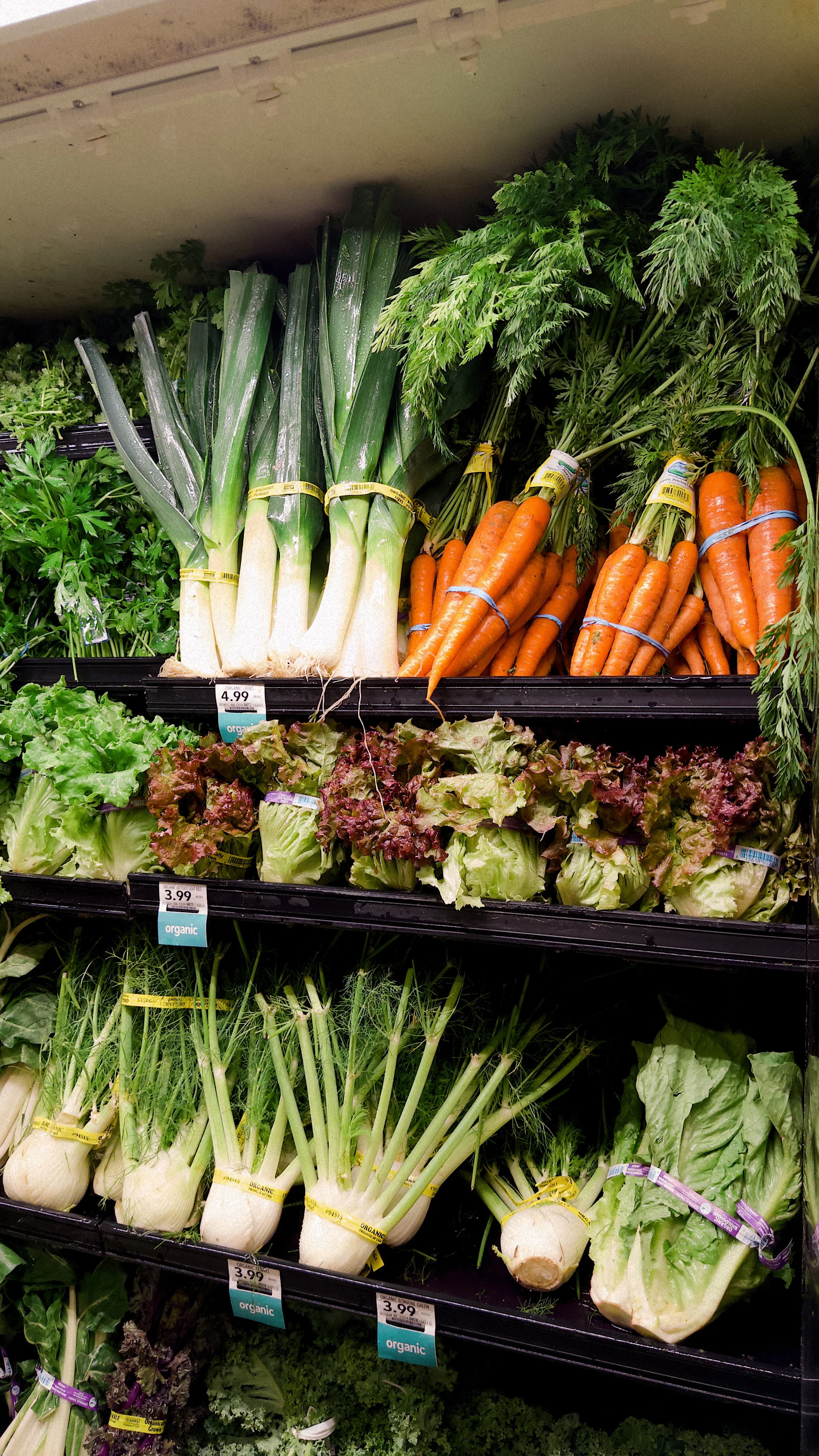Microgreens for Nutrition: How Much to Eat Per Day
Discovering the nutritional benefits of microgreens
tiny plants, big benefits 🌱
Lately, I have been loving incorporating microgreens into my diet. They are one of those foods that truly are “small but mighty” as they pack a powerful punch when it comes to nutrition and health benefits. These miniature versions of your favorite vegetables and herbs are not only a vibrant addition to any dish but also a nutrient-dense superfood. And what's great is they are nutrient-dense-- meaning you don't have to eat a huge quantity to take advantage of their nutrient content.
This post will talk about what microgreens are, their health benefits, and how much you should include in your daily diet for optimal health. Plus a quick and easy tutorial on growing your very own!
What Are Microgreens?
Microgreens are more than just tiny plants. They are young vegetable greens harvested just after the first true leaves develop. They are usually harvested within 7-21 days of germination, making them a quick and easy crop to grow either commercially or at home. You can find microgreens from a variety of plants, including broccoli, radish, sunflower, pea shoots, arugula, and basil, each bringing its unique flavor and nutrient profile to the table.
There is a common misconception that microgreens are the same as sprouts-- but they are actually different! Sprouts also have a much shorter growing cycle of 2–7 days, whereas microgreens are usually harvested 7–21 days after germination.
My personal favorite baby greens are broccoli microgreens-- they are crisp, crunchy, and have a mild flavor that can easily be added to all sorts of meals.
Health Benefits of Microgreens
Adding microgreens into your day is a great way to have a healthier, nutrient-dense diet. While they are most known for their nutritional value, there are several other benefits microgreens offer!
Nutrient-Dense Powerhouses
Despite their small size, microgreens are loaded with vitamins and minerals. Research has shown that microgreens can contain up to 40 times higher nutrient levels than their mature counterparts. They are rich in vitamins C, vitamin E, and vitamin K, and packed with high levels of antioxidants that help combat oxidative stress in the body.
Boosts Immune System
The high levels of vitamins and antioxidants found in microgreens can strengthen your immune system, helping your body fend off illnesses and infections more effectively. Vitamin C, in particular, is crucial for immune function and is abundant in many types of microgreens.
Supports Heart Health
Microgreens like red cabbage, cilantro, and radish are known to contain high levels of polyphenols, compounds that have been linked to lower risk of heart disease. Their anti-inflammatory properties also help maintain healthy blood vessels and improve overall cardiovascular health.
Aids in Digestion
The fiber content in microgreens, although minimal, still contributes to a healthy digestive system. Fiber helps keep your digestive tract moving smoothly, preventing constipation and promoting a healthy gut microbiome.
Enhances Vision and Skin Health
Microgreens such as carrot greens are rich in beta-carotene, a precursor to vitamin A, which is essential for maintaining good vision and healthy skin. Antioxidants also play a role in protecting your skin from damage caused by free radicals.
Weight Management
Low in calories but high in nutrients, microgreens can be a beneficial addition to any weight management plan. They provide essential nutrients without adding significant calories, helping you feel full and satisfied.
How Much Microgreens Should You Eat Per Day?
Incorporating microgreens into your daily diet is a simple and effective way to boost your nutrient intake. While there is no specific daily recommended amount, incorporating about 1/2 a cup of microgreens into your meals can provide a substantial nutrient boost. Since fresh microgreens are considered nutrient-dense foods, it only takes a small amount to get a nutritional punch.
It is a good idea to try a variety of microgreens to get a variety of different nutrients (similar to how different vegetables have a different array of nutrients, the same goes for microgreens. Or in other words, the nutrients you would get from kale microgreens is different than radish microgreens etc.)
Here are some easy ways to add microgreens to your diet:
Salads: Toss a handful of microgreens into your salad for added texture and flavor.
Sandwiches and Wraps: Use microgreens as a fresh, crunchy layer in your sandwiches and wraps. I regularly have a wrap for lunch and love how adding microgreens adds texture, dietary fiber, and nutrients (not to mention cruciferous vegetables are known to help with hormone regulation)
Smoothies: Blend a small handful of microgreens into your morning smoothie for an extra nutrient kick.
Garnishes: Sprinkle microgreens on top of soups, stews, and casseroles as a nutritious garnish.
Omelets and Scrambles: Mix microgreens into your eggs for a healthy, nutrient-dense breakfast
Where to Find Microgreens?
While you can find microgreens at many grocery stores or your local health food stores, it is also just as easy (and more affordable) to grow your own.
Step-by-Step Guide to Growing Your Own Microgreens: What you Need
Seeds (choose from a variety like broccoli, radish, sunflower, peas, arugula, etc.)
Shallow trays or containers with drainage holes
Potting soil or a growing medium like coconut coir
Spray bottle for watering
Light source (natural sunlight or grow lights)
Plastic wrap or a humidity dome (optional)
I love this microgreen growing kit because the bamboo box is much more aesthetic than the common plastic growing trays, and I much prefer this on my counter!
Steps to Grow Microgreens
Select Your Seeds
Choose high-quality, organic seeds specifically labeled for microgreens. Popular choices include broccoli, radish, sunflower, pea shoots, and arugula.
Prepare Your Tray
Fill your shallow tray or container with about 1-2 inches of potting soil or growing medium. Smooth the surface evenly without compacting it too much.
Sow the Seeds
Evenly scatter the seeds over the surface of the soil. For small seeds, you can densely cover the soil, but ensure they are not piled on top of each other. Larger seeds like sunflower or peas can be spaced a bit more apart.
Cover the Seeds
Lightly press the seeds into the soil using your hands or a flat object. For small seeds, you can sprinkle a thin layer of soil over them, but larger seeds can be left uncovered or just lightly covered.
Watering
Use a spray bottle to gently mist the seeds and soil. Ensure the soil is moist but not waterlogged. Continue to mist the soil daily to keep it consistently moist.
Provide Light
Place the tray in a well-lit area where it can receive plenty of sunlight, or use a grow light if natural light is insufficient. Microgreens need about 4-6 hours of light daily.
Covering (Optional)
To maintain humidity and promote germination, you can cover the tray with plastic wrap or a humidity dome. Remove the cover once the seeds start to sprout, usually within 2-3 days.
Germination and Growth
Keep an eye on your microgreens as they grow. Continue to mist the soil to keep it moist. Most microgreens will be ready to harvest in 7-14 days, depending on the type of seeds used.
Harvesting
When the microgreens reach 2-3 inches in height and have developed their first true leaves, they are ready to be harvested. Use clean scissors to cut the greens just above the soil line.
Enjoy and Store
Rinse the harvested microgreens gently under cold water and pat them dry. Use them fresh in salads, sandwiches, smoothies, or as a garnish. Store any unused microgreens in an airtight container in the refrigerator for up to a week.
Growing your own microgreens is a rewarding and straightforward process that provides you with fresh, nutrient-packed greens year-round. Enjoy the benefits of having these tiny powerhouses right at your fingertips!
Conclusion
Microgreens are a versatile, nutrient-dense addition to any diet. Their high concentration of vitamins, minerals, and antioxidants makes them a superfood worth incorporating into your daily meals. Whether you grow them at home or buy them fresh from the market, adding even one cup of microgreens to your diet can significantly enhance your overall health and well-being. Start small, experiment with different types of microgreens, and enjoy the powerful benefits these tiny greens have to offer. Your body will thank you!


















What if we went against the cultural norm and didnt set big goals in January? Following the ebs and flows of nature may actually set us up for more success…’